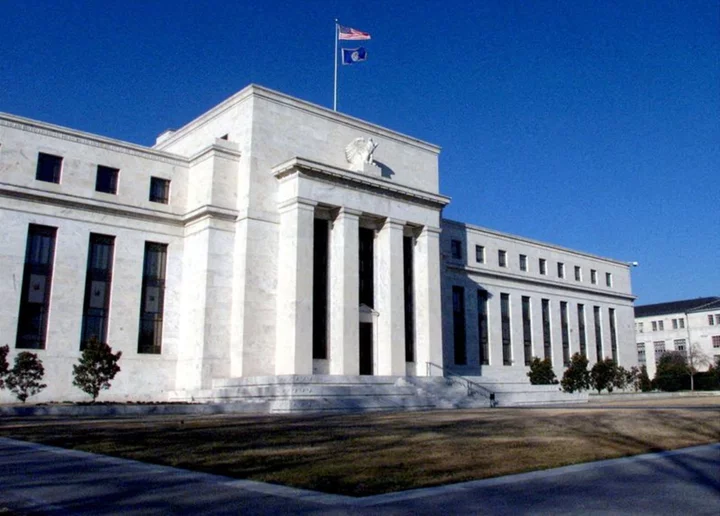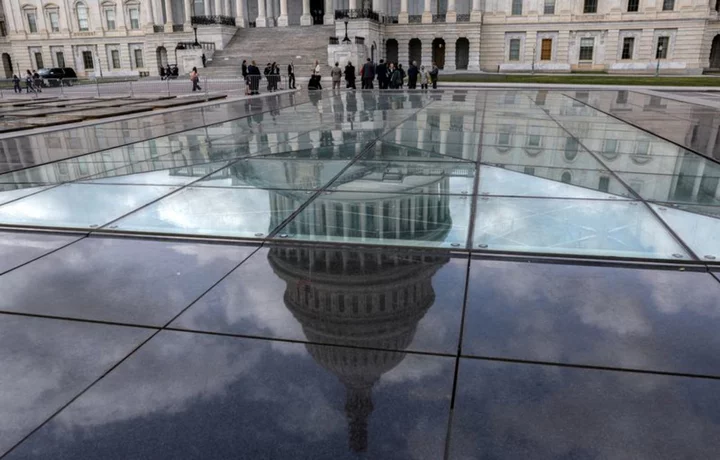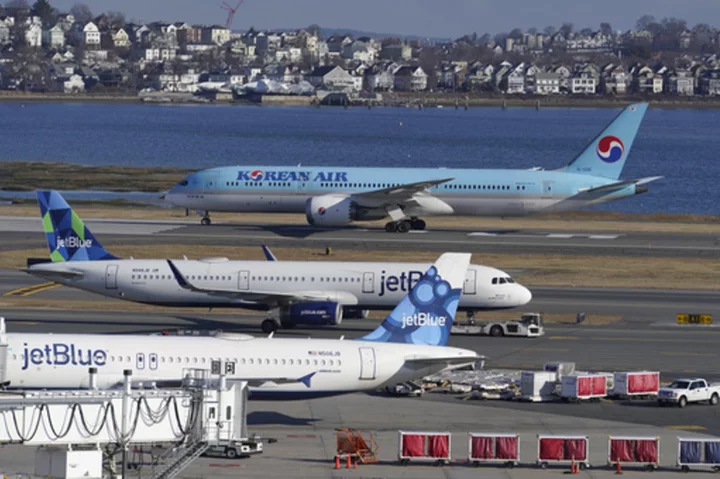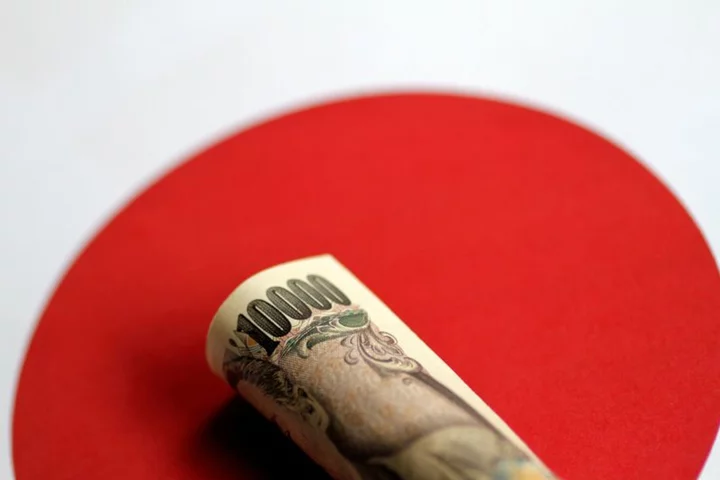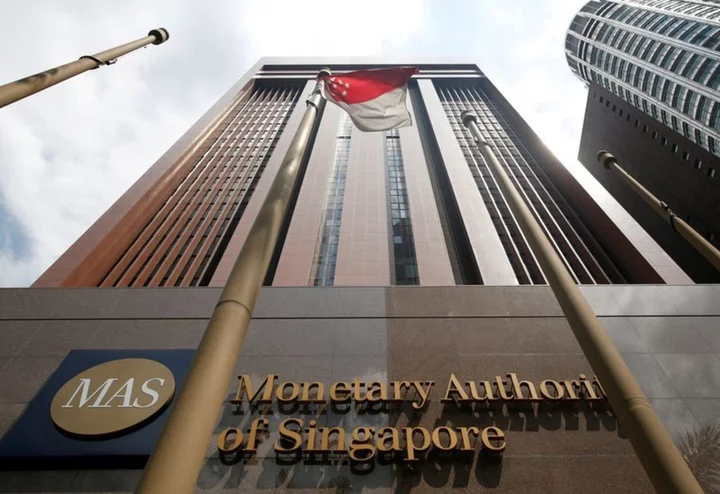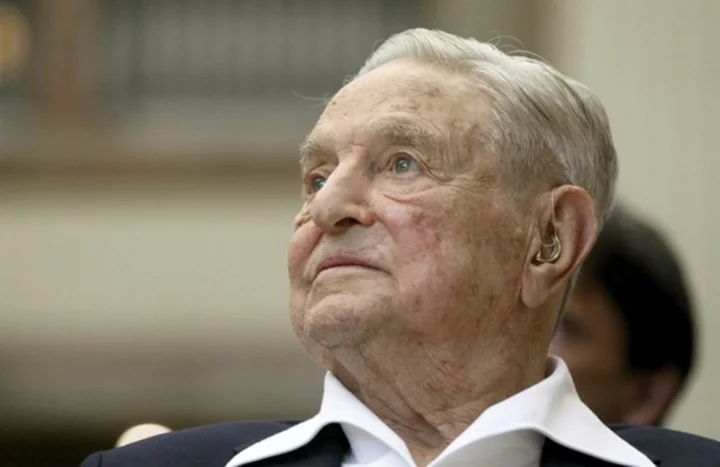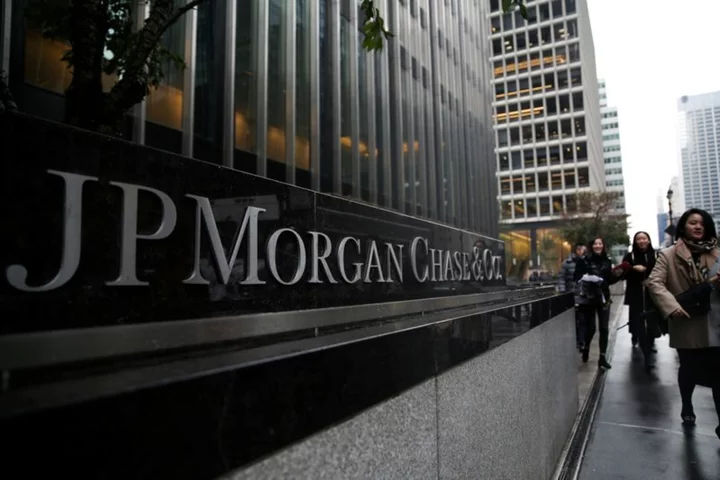By Howard Schneider
WASHINGTON Throughout its two-year battle with inflation, the Federal Reserve has tried to squeeze consumers hard enough through higher interest rates that they stop spending, bring demand in line with supply, and drive U.S. economic growth below its potential to ease price pressures.
It hasn't happened yet.
With financial markets expecting the U.S. central bank to keep interest rates on hold at the end of a two-day policy meeting on Wednesday, policymakers now have to judge whether the economy's stronger-than-anticipated performance is a last gasp of the consumer splurge that began during the COVID-19 pandemic, or evidence that monetary policy still isn't strict enough to fully return inflation to the Fed's 2% target.
Since the last policy meeting in September, when the central bank's policymakers also left rates unchanged, incoming data has shown stronger-than-expected job growth, stronger-than-anticipated economic growth, and only sluggish improvement in the pace of inflation that, at 3.4% in September based on the Fed's preferred gauge, remains well above the target.
There are reasons for the central bank to be, as policymakers have said, "careful" in approving any further rate increases. Most notable are market-based interest rates that have been driven higher by investors independent of any action by the Fed: Yields on long-term U.S. Treasury bonds have spiked since last summer and the average rate on a 30-year fixed-rate mortgage has climbed to close to 8%, a level not seen in nearly a quarter of a century. Ultimately, Fed officials feel these developments will slow business and household spending.
But recent weeks have provided little clarity on when that might happen, with long-awaited turns lower in hiring, housing inflation, services spending and other key data points postponed by an economy that won't quit.
Even the rise in bond yields, cited by some Fed officials as a substitute for the central bank's own rate hikes, may simply be a recognition of the economy's strength and an implicit sign the Fed may have to do more to finish the inflation fight.
"We think real rates are higher due to very strong US growth," analysts from Citi wrote ahead of this week's Fed meeting. "If we are right, the Fed risks falling behind the real growth and inflation curve," even if the economy slows from the torrid 4.9% annual pace seen in the third quarter.
DOUR CONSUMERS STILL SPENDING
The U.S. central bank is due to release its latest policy statement at 2 p.m. EDT (1800 GMT). Fed Chair Jerome Powell will hold a press conference half an hour later.
Investors consider it a near certainty that the central bank will keep its benchmark overnight interest rate in the 5.25%-5.50% range that was set at its meeting in July, with the odds also weighted against any further increases moving forward.
With no updated economic or rate projections to be released at this meeting, the focus will be on whether the new policy statement or Powell's comments seem to lean toward or away from any more increases.
As of the September meeting, Fed officials said they still felt one more rate hike would be necessary. If anything, the data since then has likely left that door open.
Gross domestic product growth for the third quarter best exemplified the risks the Fed is trying to parse, with pandemic-era savings, combined with a low unemployment rate and ongoing healthy wage increases, allowing consumers to keep fueling strong economic growth. That countered concerns that developments like renewed student loan payments and weakened consumer confidence would cause people to pull back.
Instead, consumer-facing companies like McDonald's and Amazon have delivered consensus-topping earnings, while home prices have continued to rise despite the high mortgage rates.
Since pandemic-era programs pumped trillions of dollars into household bank accounts, economists have tried to come to terms with when those extra savings would be exhausted. After the U.S. government reported the eye-popping third-quarter economic growth reading last week, some analysts reassessed and suggested there was still perhaps $1 trillion left to feed consumption and, potentially, higher prices.
"Given the resilience of the consumer, the risk in the near-term may be for a faster drawdown," wrote Nancy Vanden Houten, lead U.S. economist at Oxford Economics. "Much is made of so-called 'revenge spending' ... there may be more room to run," she said in a reference to the surge in spending that has occurred during the recovery from the pandemic.
Spending has kept growing despite consumer confidence levels that, according to the Conference Board, have dipped to recessionary levels amid a host of concerns.
"Consumers continued to be preoccupied with rising prices in general, and for grocery and gasoline prices in particular," Dana Peterson, the Conference Board's chief economist, said on Tuesday after the business group reported that its consumer expectations index for October remained below a level that has typically signaled a coming recession. "Consumers also expressed concerns about the political situation and higher interest rates. Worries around war/conflicts also rose, amid the recent turmoil in the Middle East."
All of that has been on the Fed's mind as well.
Powell has said in recent months that he feels Fed policy is generally working "as expected," with higher borrowing costs and stricter financial conditions to eventually slow the economy, but with the timeline perhaps slowed by lingering pandemic impacts like the savings bulge and a deep misalignment between supply and demand, particularly for labor.
What's underway, in other words, may just be a slow, grinding adjustment back to the 2% inflation target, something the Fed would not want to rush if the alternative is a large rise in joblessness and an unnecessary recession.
But Powell has also said growth needs to slow - and if it doesn't, it means the Fed's policy rate will need to move higher.
"It's a good thing that the economy's strong. It's a good thing that the economy has been able to hold up under the tightening that we've done. It's a good thing that the labor market's strong," Powell said at his press conference following the end of the Sept. 19-20 policy meeting. But "if the economy comes in stronger than expected, that just means we'll have to do more in terms of monetary policy to get back to 2%. Because we will get back to 2%."
(Reporting by Howard Schneider; Editing by Dan Burns and Paul Simao)

